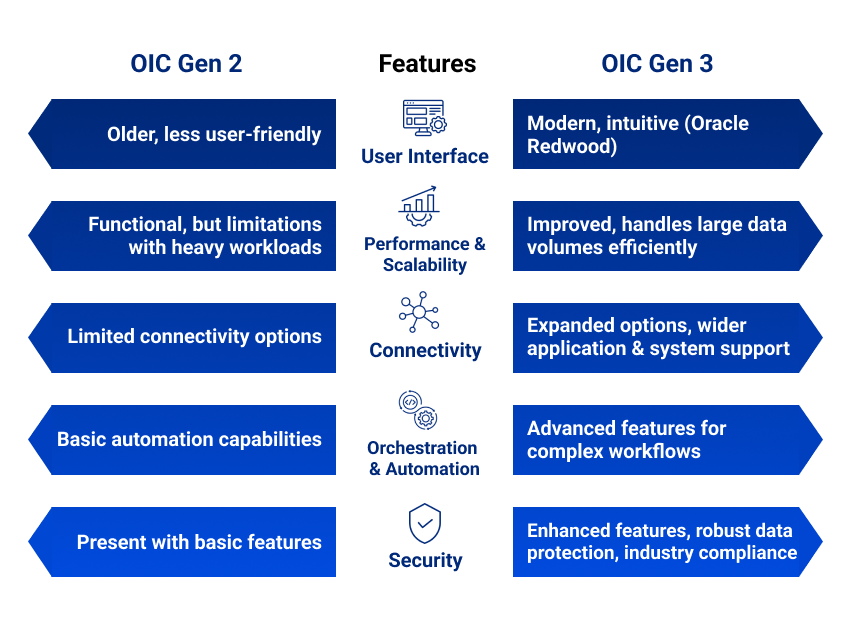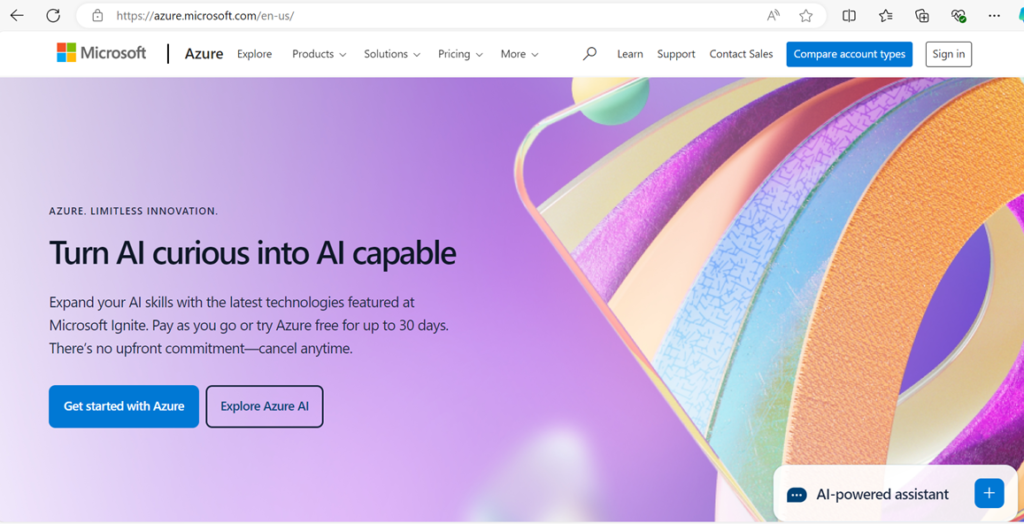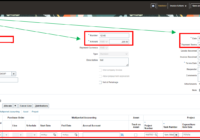Oracle Integration Cloud (OIC) Gen 3 represents a significant advancement in the integration landscape, enabling organizations with cutting-edge tools to modernize their operations and stay ahead in an increasingly competitive market. This next-generation platform not only simplifies complex integration processes but also enhances operational efficiency and fosters innovation across the enterprise.
By leveraging the capabilities of OIC Gen 3, businesses can seamlessly connect diverse applications, automate workflows, and optimize data flow, resulting in faster, more informed decision-making. The platform’s advanced features enable organizations to deliver superior customer experiences, adapt quickly to market changes, and maintain a strong competitive advantage.
Let’s explore more about why upgrading to OIC gen 3 is important for your business.
Overview of OIC Gen 3
Oracle Integration Cloud (OIC) Gen 3 is the latest evolution of Oracle’s cloud-based integration platform, delivering a comprehensive suite of tools that redefine what’s possible in enterprise integration. This new generation marks a significant advancement, offering unparalleled performance, scalability, and flexibility tailored to meet the demands of modern businesses.
Key enhancements in OIC Gen 3 include a wide array of connectivity options, enabling seamless integration with an expanded ecosystem of applications, services, and data sources. The platform’s orchestration and automation tools have been upgraded to provide more sophisticated control over integration workflows, allowing businesses to automate complex processes with greater efficiency.
OIC Gen 3 also introduces advanced security features designed to protect sensitive data throughout the integration lifecycle, ensuring that organizations can operate with confidence in a secure environment. The user interface has been reimagined to be more intuitive and user-friendly, making it easier for teams to design, deploy, and manage integrations.
Overall, OIC Gen 3 is engineered to simplify the complexities of integration, accelerate digital transformation initiatives, and deliver an exceptional user experience, empowering organizations to innovate and scale with agility.
Features and Enhancements of OIC Gen 3
OIC Gen 3 introduces a host of features and enhancements designed to elevate integration capabilities and user experience.
Core improvements are:
1. Redwood Theme
The Redwood Theme introduces a modern, streamlined user interface design for OIC Gen 3. It offers a clean and intuitive look that improves user experience, making navigation easier and more efficient.

2. Menu
OIC Gen 3’s redesigned menu structure enhances usability by providing a more organized and accessible layout.

3. Cut & Paste
The cut & paste option allows users to easily move integration components and elements within the platform.

4. Expand & Collapse
You can expand and collapse specific routes in switch actions, branches in parallel actions, and pick actions in REST Adapter triggers. This feature allows you to manage logic actions like scope, while for-each, and switch on the integration canvas to view child actions and errors more easily.

5. Activity Stream
The activity stream now features improved performance with size-based access to message payloads. You can navigate to child integration instances from the Instance Details page, and binary payloads are available for download directly from the activity stream.

6. Scheduled Integration
The scheduled integration now displays future integrations as queued with their scheduled run times listed on the Instances page and in the activity stream. The user interface has also been improved, with the activity stream panel opening on the right to show instance progress when a scheduled integration runs.


7. New Mapper Functions
The mapper now includes three new string functions:
- Matches: Returns true if the input string matches a specified regular expression.
- Replace: Returns a string where the specified pattern is replaced with the provided replacement value.
- Tokenize: Splits the input string at each occurrence of a separator, returning a sequence of strings.
Click on each function in the mapper for online help, which provides details on its signature, parameters, and return values.

8. OCI Object Storage Action
The Oracle Cloud Infrastructure object storage action now lets you list objects within a storage bucket and choose a bucket for object management. Additionally, you can directly invoke OCI functions from the integration canvas.


9. Control Data Retention
When activating an integration, you can choose the tracing level, which determines data retention in the activity stream:
- Production: 32 days
- Audit: 8 days
- Debug (Not recommended): 24 hours

10. Rapid Adapter Builder
The Rapid Adapter Builder in OIC Gen 3 allows users to quickly create custom adapters for integrating various applications and systems. This feature simplifies the integration process by providing a user-friendly interface and pre-built templates, reducing the time and effort needed to connect different software environments. With Rapid Adapter Builder, businesses can accelerate their integration projects, ensuring seamless data flow and communication across platforms with minimal coding required.
Key Differences Between OIC Gen 2 and Gen 3

What sets OIC Gen 3 apart from previous iterations?
Oracle Integration Cloud (OIC) Gen 3 represents a major leap forward from its predecessor, Gen 2, offering substantial improvements in performance, scalability, and user experience. One of the most notable enhancements is its ability to manage higher integration volumes and more intricate workflows with exceptional efficiency, making it ideal for organizations with growing and complex integration needs.
The platform introduces a modernized user interface that significantly improves usability, allowing users to navigate and manage integrations with greater ease. This streamlined interface, coupled with optimized workflows, boosts productivity by simplifying tasks and reducing the time required to deploy and manage integrations.
OIC Gen 3 also broadens its integration capabilities, offering wider support for a diverse range of applications and introducing more advanced integration patterns. This expanded connectivity ensures that businesses can seamlessly integrate a broader array of systems and services into their operations.
Moreover, the cloud-native architecture of OIC Gen 3 is designed for future-proof scalability and flexibility. It enables organizations to easily scale their integration solutions as their needs evolve, without compromising on performance or security. This architecture not only supports the current demands of digital transformation but also positions businesses to adapt to future challenges and opportunities in the ever-changing tech landscape.
Conclusion:
Upgrading to Oracle Integration Cloud (OIC) Gen 3 isn’t merely a choice—it’s a strategic necessity for businesses striving to maintain a competitive edge in today’s fast-paced digital landscape. OIC Gen 3 offers unparalleled advancements in performance, scalability, and integration capabilities, making it essential for organizations that want to fully leverage the power of modern integration.
At Conneqtion, we understand the critical importance of this transition. That’s why we provide specialized services designed to facilitate a smooth and efficient upgrade from OIC Gen 2 to Gen 3. Our Oracle certified team ensures that your migration is seamless, minimizing disruptions while maximizing the benefits of the new platform. We guide you through every step of the process, from planning and execution to post-migration support, ensuring your business can fully capitalize on the enhanced capabilities of OIC Gen 3.
Don’t miss out on the opportunity to transform your integration landscape. Contact us today to learn more about how we can support your upgrade to OIC Gen 3 and help you achieve digital transformation.






